You probably want to know if a wood chipper really helps with yard cleanup. Many homeowners say it makes quick work of branches and leaves, turning them into useful mulch and saving lots of time. People love how it cuts down yard waste, keeps things tidy, and even saves money on trash removal. Most folks use theirs a few times a year for regular yard debris. However, you should know some users warn about jams and stress safety. Always follow the instructions and stay alert while using it.
Key Takeaways
-
A wood chipper helps you save time and work. It quickly turns yard waste into mulch. This makes cleaning your yard much easier.
-
Pick the chipper that fits your needs. Electric chippers are good for small jobs. Gas chippers can handle bigger branches and tough debris.
-
Take care of your chipper to keep it working well. Check the blades and clean it after each use. This helps stop jams from happening.
-
Safety is very important. Always wear safety gear. Look over your chipper before you use it. Follow the manual to use it safely.
-
Buying a chipper can save you money over time. You will have less yard waste to throw away. You also get free mulch for your garden.
Wood Chipper Performance
Chipping Branches & Debris
When you use a chipper shredder for home landscaping, you probably want to know how well it handles branches and leaves. Most users say that a chipper works best with branches under 2 inches in diameter. If you have a lot of small branches or garden waste, you will find the chipper shredder very effective. Many people use their chipper a few times a year, especially after storms or during fall cleanup.
Here’s a quick look at what you can expect:
|
Feature |
Description |
|---|---|
|
Ideal Use |
Small tasks like garden waste and small branches under 2 inches |
|
Characteristics |
Lightweight, quiet, and low-maintenance |
|
Target Audience |
Suburban homeowners with limited yard size |
You can toss in leaves, twigs, and even some softer yard debris. The chipper shredder turns these into mulch that you can spread around your plants. If you have a SuperHandy or Landworks chipper, you’ll notice they both do a solid job with small branches and leaves. Some users say the SuperHandy chipper shredder handles dry leaves a bit faster, while the Landworks model is great for mixed yard debris.
If you try to feed in larger branches, you might run into jams. Most chipper shredder models for home use, including SuperHandy and Landworks, are not built for thick branches. You should always check the manual for the maximum branch size. For most homeowners, a chipper shredder is perfect for regular yard cleanup and making mulch from leaves and branches.
Power & Capacity
You have two main choices: electric chipper or gas powered chipper. Each one has its own strengths.
-
Electric chipper models are great for light to moderate yard work. You can use them for shrubs, small trees, and lots of leaves. They run quietly and need very little maintenance. If you only use your chipper shredder a few times a year, an electric chipper might be all you need.
-
Gas powered chipper models are much stronger. You can use them for heavy-duty jobs, like breaking down large branches and tough debris. Some gas models, like the Landworks chipper shredder, can handle branches up to 3 inches thick. If you have a big yard or lots of trees, you might want the extra power.
Here’s a table showing what different chipper shredder models can handle:
|
Model |
Maximum Branch Diameter |
|---|---|
|
DR Self-Feeding Wood Chipper |
5.75 inches |
|
Another Model |
4.75 inches |
|
User Reports |
Up to 3 inches |
|
10 hp Wood Chipper Shredder |
3 inches |
Most homeowners find that a chipper shredder with a 2-3 inch branch capacity is enough for regular yard work. If you have a SuperHandy electric chipper, you’ll notice it’s easy to move and works well for small branches and leaves. The Landworks gas powered chipper can tackle bigger jobs, but it’s heavier and louder.
Time & Effort
You want to save time on yard cleanup, and a chipper shredder can help you do just that. Many users say that what used to take hours with manual tools now takes only minutes with a chipper. You can feed in piles of branches and leaves, and the chipper shredder quickly turns them into mulch. This means less time bagging yard waste and more time enjoying your yard.
But you should know that using a chipper shredder does take some effort. You will need to lift branches, stand for a while, and sometimes clear jams. Some users report that operating a chipper can be tiring, especially if you have a lot of branches to process. You might feel some strain in your arms or back after a long session. If you plan to use your chipper shredder for big cleanups, take breaks and use safe lifting techniques.
Tip: Wear gloves and sturdy shoes when using your chipper shredder. This helps protect you from sharp branches and flying debris.
If you use your chipper shredder for regular yard maintenance, you’ll find it saves you both time and effort in the long run. You get a cleaner yard, less waste, and plenty of mulch for your garden beds.
Ease & Safety
Setup & Operation
When you first get your chipper, you want setup to be simple. Most users say assembly takes less than an hour. You just follow the manual, attach the hopper, and secure the wheels. Many people like that the SuperHandy and Landworks chipper models come with clear instructions and all the tools you need. You can move your chipper around the yard easily, even if you have rough ground or a sloped lawn.
Here’s a quick table showing what makes a chipper easy to use and move:
|
Feature |
Benefit |
|---|---|
|
Wide hopper |
Lets you drop in big branches without trimming them first |
|
Big wheels |
Makes it easy to roll the chipper over grass and gravel |
|
Tall chute |
Handles long branches, so you don’t have to hold them up |
|
Easy access to blade area |
Lets you clear jams quickly and get back to work |
|
Solid wheels |
Stays steady, even on bumpy ground |
|
Pneumatic tires |
Great for towing and moving over uneven spots |
You will notice the ease of use right away. You can push your chipper to different parts of your yard without much effort. If you need to clear a jam, you just open the blade area and fix the problem. This means less downtime and more time chipping.
Safety Features
Safety matters every time you use your chipper. Many users share stories about how important it is to follow safety steps. You want to protect yourself and others, so always check your chipper before you start. Here are the top safety tips users recommend:
-
Walk around your chipper and check that all guards are in place.
-
Clear the area of rocks, tools, and extra wood.
-
Wear a hard hat, safety glasses, hearing protection, gloves, and steel-toed boots.
-
Keep your shirt tucked in and avoid loose clothing or jewelry.
-
Read the manual and get familiar with your chipper before you use it.
-
Work with a partner if possible.
-
Feed branches butt-end first and use a push stick for short pieces.
-
Never put your hands inside the hopper.
-
Start with small branches and work up to bigger ones.
-
Watch for blockages or odd noises and stop if you notice anything strange.
-
Use the controls to reverse or stop the feed if you need to clear a jam.
-
Turn off the chipper and wait for all parts to stop before doing maintenance.
-
Only chip branches that fit the size limits in your manual.
-
Keep kids, pets, and bystanders at least 10 meters away.
-
Keep your chipper in good shape by sharpening blades and adding oil as needed.
Tip: Always stay alert and never rush when using your chipper. Safety first means you get the job done without accidents.
You will find that both SuperHandy and Landworks chipper models include safety guards and easy-to-reach controls. These features help you feel confident every time you use your chipper. The right habits and equipment make a big difference in your safety and the ease of use.
Maintenance & Durability
Maintenance Needs
You want your chipper shredder to last for years. Regular care makes a big difference. Most users say you should check your chipper before and after each use. You will need to look at the blades, belts, and engine. If you use your chipper for lots of branches and leaves, you might need to sharpen or replace the blades more often. Keeping your chipper clean after every session helps prevent jams and keeps it running smoothly.
Here’s a quick look at the most common maintenance tasks:
|
Maintenance Task |
Description |
|---|---|
|
Lubrication |
Add oil to moving parts to stop friction and wear. |
|
Blade Inspection |
Check blades for dullness or damage. Replace or sharpen as needed. |
|
Belt and Chain Check |
Make sure belts and chains have the right tension and are not worn out. |
|
Engine Maintenance |
Change oil and air filters as the manual says, especially for gas powered chipper. |
|
Fuel System Care |
Look for leaks or blockages in fuel lines and tanks. |
If you have a SuperHandy or Landworks chipper shredder, you will find the manuals give clear steps for each task. Electric chipper models need less engine care, but you still need to check the blades and clean out leaves and branches after each use. Always unplug or turn off your chipper before doing any work on it.
Tip: Clean out stuck branches and leaves right away. This keeps your chipper shredder ready for the next pile of yard debris.
Reliability
You want a chipper that works every time you need it. Most users say their chipper lasts for many years if they follow the maintenance steps. Some people report their chipper runs for about 2,000 hours. Others say they get up to 20,000 hours with good care. If you treat your chipper as a long-term tool, you can expect it to handle many piles of branches and leaves over the years.
-
Many users say their chipper shredder still works after years of heavy use.
-
Some machines from the 1980s still run today because owners kept up with maintenance.
-
You can get more mulch and less waste if you keep your chipper in top shape.
If you use your chipper for branches, leaves, and yard cleanup, you will see it pays off to take care of it. A well-maintained chipper shredder gives you reliable mulch and saves you time every season.
Wood Chipper Value
Cost vs. Benefits
When you look at a chipper shredder for your yard, you want to know if it’s worth the money. Many homeowners say the upfront price can feel high. A gas powered chipper for home use usually costs between $500 and $2,500. Some commercial models go up to $10,000. An electric chipper costs less, but it handles smaller branches and leaves. You also need to think about ongoing costs like maintenance, safety gear, and fuel.
Here’s what you get for your investment:
-
You save time and effort by turning piles of branches and leaves into mulch.
-
You cut down on yard waste disposal fees.
-
You don’t need to buy bags of mulch for your garden.
-
You can even sell extra mulch to neighbors.
Many users say their chipper shredder pays for itself after a few seasons. You get mulch that keeps your soil moist, stops weeds, and adds nutrients as it breaks down. If you use your chipper shredder often, you see more value over time.
|
Cost Type |
Typical Range |
What You Get |
|---|---|---|
|
Upfront purchase |
$500–$2,500 |
Handles branches, leaves, debris |
|
Maintenance |
$50–$200/year |
Keeps chipper shredder running well |
|
Mulch savings |
$100–$400/year |
Alternatives
You might wonder if you need a chipper shredder or if other options work better. Some people use mulchers for leaves and small branches. Mulchers cost less and take up less space, but they can’t handle thick branches. If you have a small yard, a mulcher might be enough. For bigger yards with lots of branches, a chipper shredder works better.
Other homeowners bag up branches and leaves for city pickup. This takes more time and doesn’t give you mulch for your garden. Composting is another choice, but it works best for leaves and grass, not thick branches.
Here’s how users compare their options:
-
Chipper shredders work best for large branches and lots of yard debris.
-
Mulchers are good for leaves and small twigs.
-
Compost piles break down leaves but not big branches.
-
City pickup removes waste but gives you no mulch.
If you want to keep your yard clean and get free mulch, a chipper shredder is a smart choice. Many users say SuperHandy and Landworks chipper models handle branches and leaves well and give you plenty of mulch for your landscaping.
User Tips
Before You Buy
Thinking about getting a chipper shredder? Many homeowners wish they had known a few things before making their choice. You want to avoid regrets and pick the right chipper for your yard. Here’s what experienced users say:
-
Don’t buy an underpowered chipper. It can’t handle tough jobs and will leave you frustrated.
-
If you have a big cleanup, renting a more powerful chipper might work better than buying a small one.
-
Think about where you’ll store your chipper shredder. Some models take up a lot of space.
-
Ask yourself how often you’ll use the chipper. If you only need it once or twice a year, renting could save you money.
You should also look at these important factors before you buy:
|
Factor |
Description |
|---|---|
|
Types of chippers |
Many brands and types, like SuperHandy and Landworks, offer different features. |
|
Feed capacity |
Check the largest branch size the chipper shredder can handle. |
|
Power |
More horsepower means better performance for tough wood. |
|
Storage |
Make sure you have space for your chipper shredder. |
|
Warranty |
A good warranty helps with repairs and peace of mind. |
|
Spare parts availability |
Easy-to-find parts keep your chipper running longer. |
|
Maneuverability |
Lighter models are easier to move around your yard. |
|
Additional features |
Look for extras that make your chipper shredder safer or easier to use. |
Best Results
You want your chipper shredder to work its best every time. Follow these tips from real users to get great results and stay safe:
-
Keep up with regular maintenance. Clean your chipper after each use and check the blades.
-
Learn how your chipper shredder works. Read the manual and get to know the controls.
-
Always wear safety gear like goggles and ear protection.
-
Inspect your chipper before you start. Make sure nothing is loose or broken.
-
Clear your work area. Remove rocks, metal, and anything that could damage the chipper.
-
Only feed dry, clean branches into the chipper shredder. Wet or dirty material can clog the machine.
-
Use a long stick to push short pieces into the chipper shredder. Never use your hands.
-
Have someone nearby to watch the emergency shut-off switch if possible.
-
Don’t rush. Take your time and stay alert.
If you want the best chipper shredder experience, always follow safety rules and keep your machine in top shape. Many users say this makes yard work faster, safer, and even fun!
You’ve seen how a chipper can make yard work easier and faster. Many users say a chipper saves time, gives you mulch, and handles branches well. Check out the pros and cons below:
|
Pros |
Cons |
|---|---|
|
Multi-functionality |
High cost |
|
Easy to use |
Clogs with small twigs |
|
Good cutting capacity |
Slow to feed |
If you have a small yard, a compact chipper works best. For bigger jobs, choose a tow-behind chipper. Always match your chipper to your needs. Before you buy, look at brand, power, and storage. SuperHandy and Landworks chipper models get good reviews. Share your chipper story and help others pick the right chipper!
FAQ
How often should you use your wood chipper for yard cleanup?
You can use your chipper whenever you have branches or leaves to clear. Most people run theirs three to five times a year, especially after storms or during fall.
What materials can you put in a SuperHandy or Landworks chipper?
You can feed small branches, dry leaves, and twigs into both SuperHandy and Landworks chippers. Avoid rocks, wet material, and thick logs. Always check your manual for size limits.
Do electric chippers work as well as gas models?
Electric chippers handle small jobs well. You get quiet operation and easy maintenance. Gas models give you more power for bigger branches and heavy debris.
How do you prevent jams in your chipper?
Cut branches to the right size before feeding them in. Keep the blades sharp. Clear out leaves and twigs after each use. If you hear strange noises, stop and check for blockages.
Is it safe for beginners to use a wood chipper?
Yes, you can use a chipper safely if you follow instructions. Wear gloves, goggles, and sturdy shoes. Keep kids and pets away. Read your manual before starting.


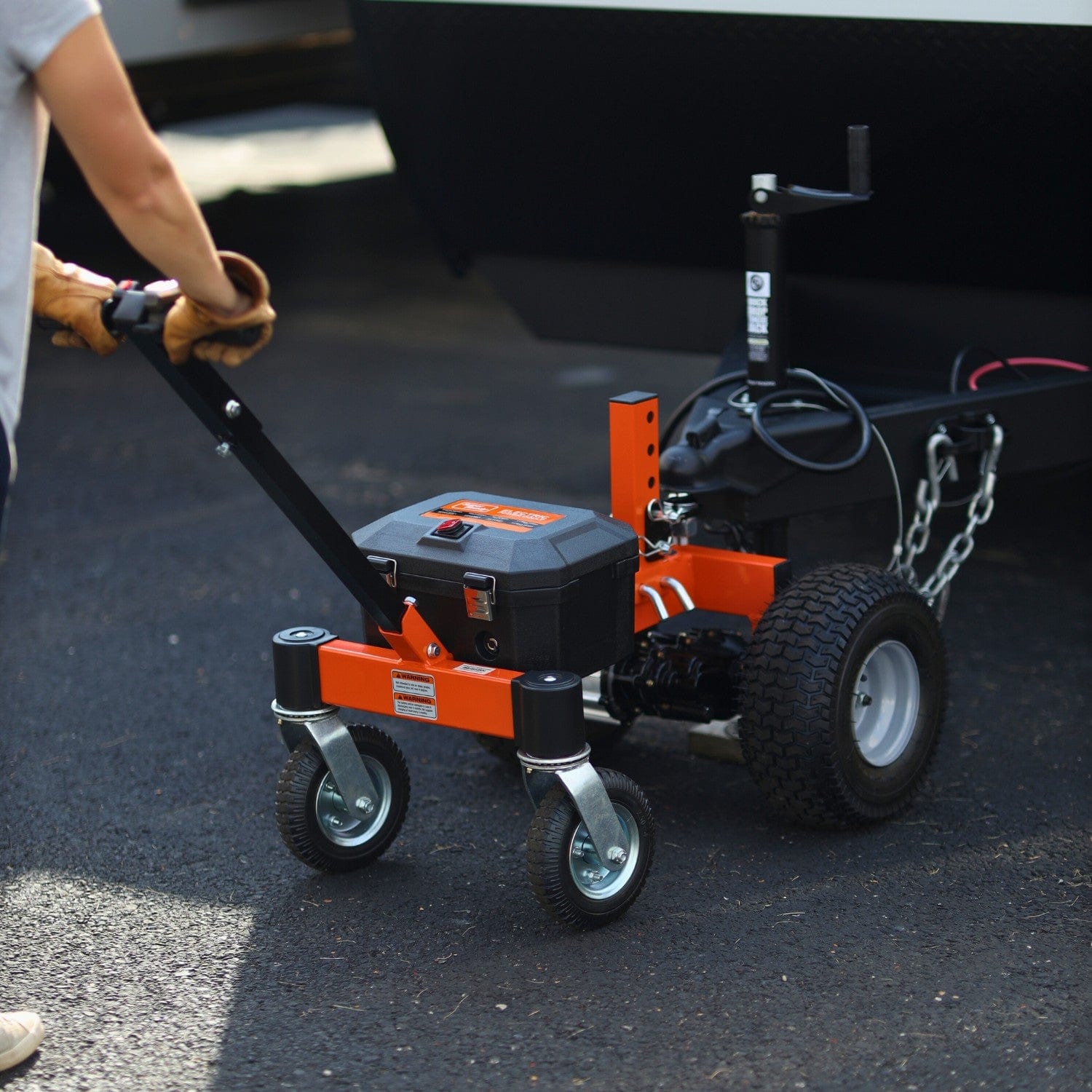
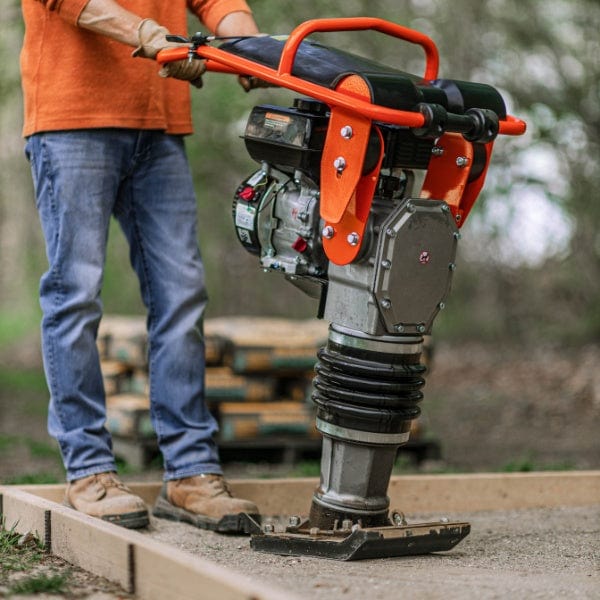
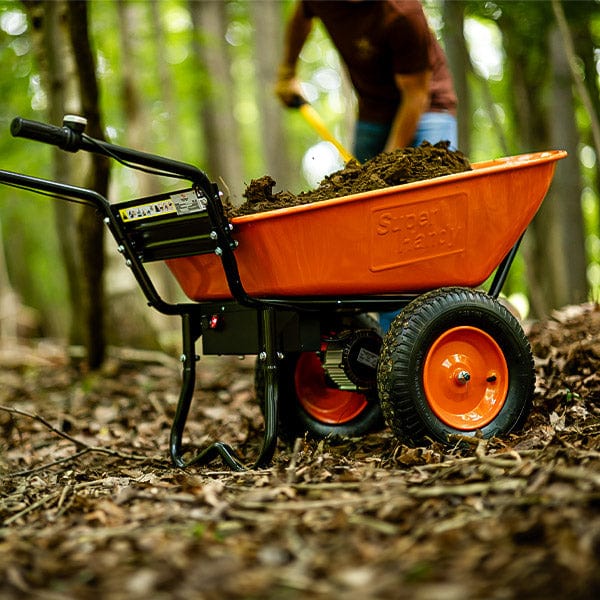


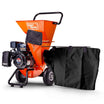
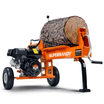

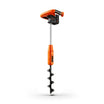
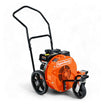



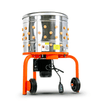
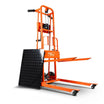

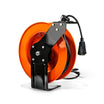

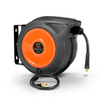


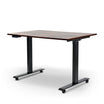


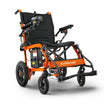


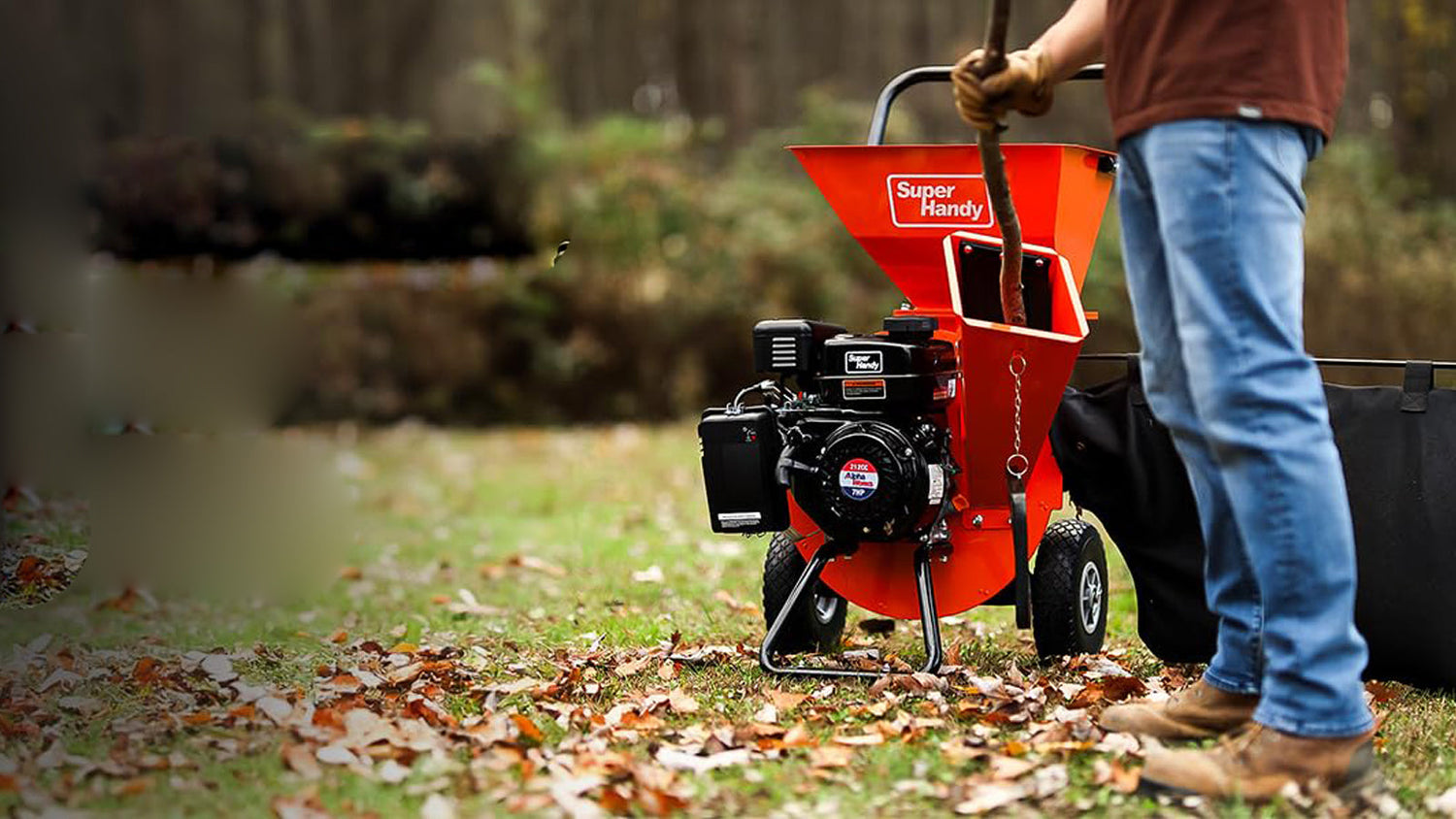
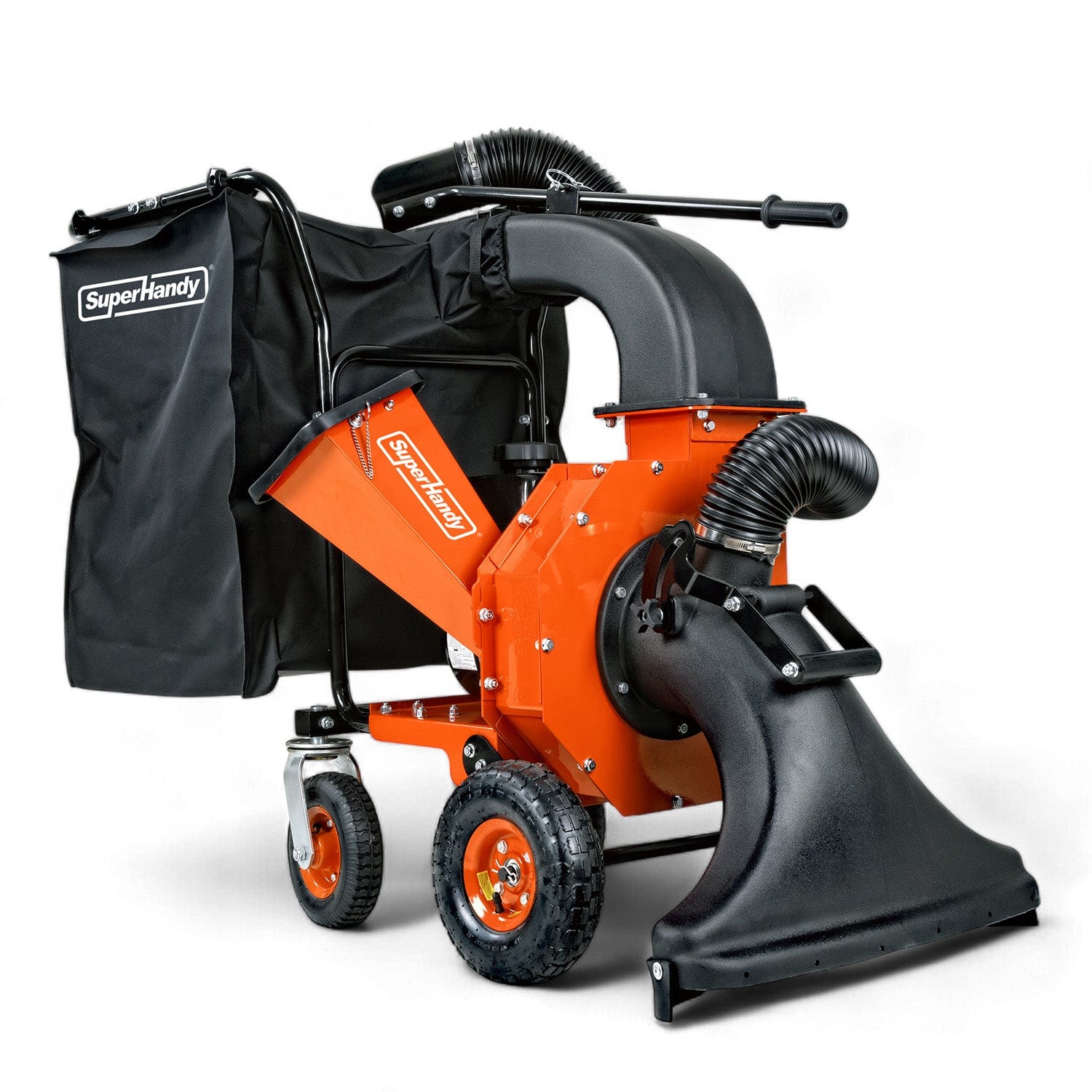

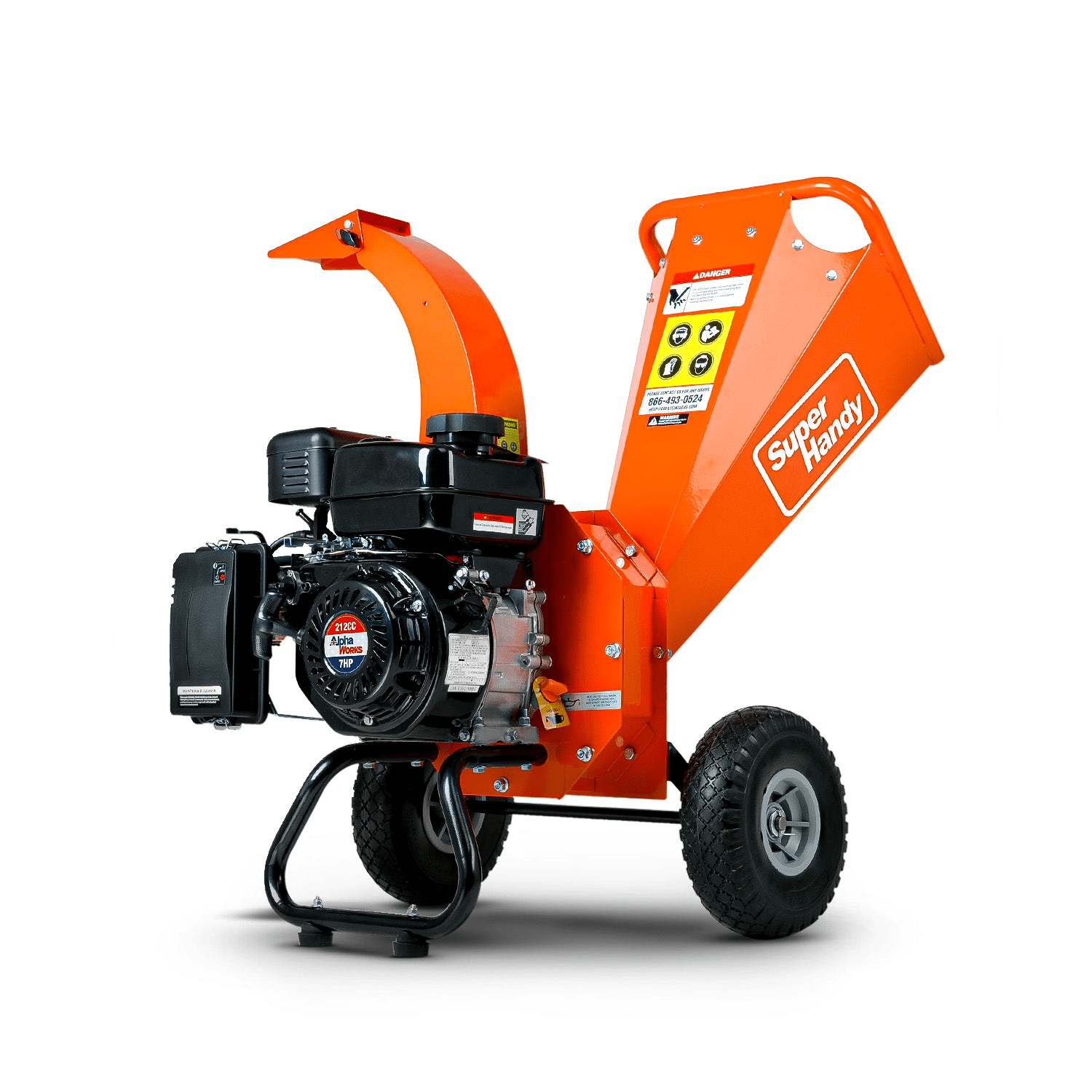
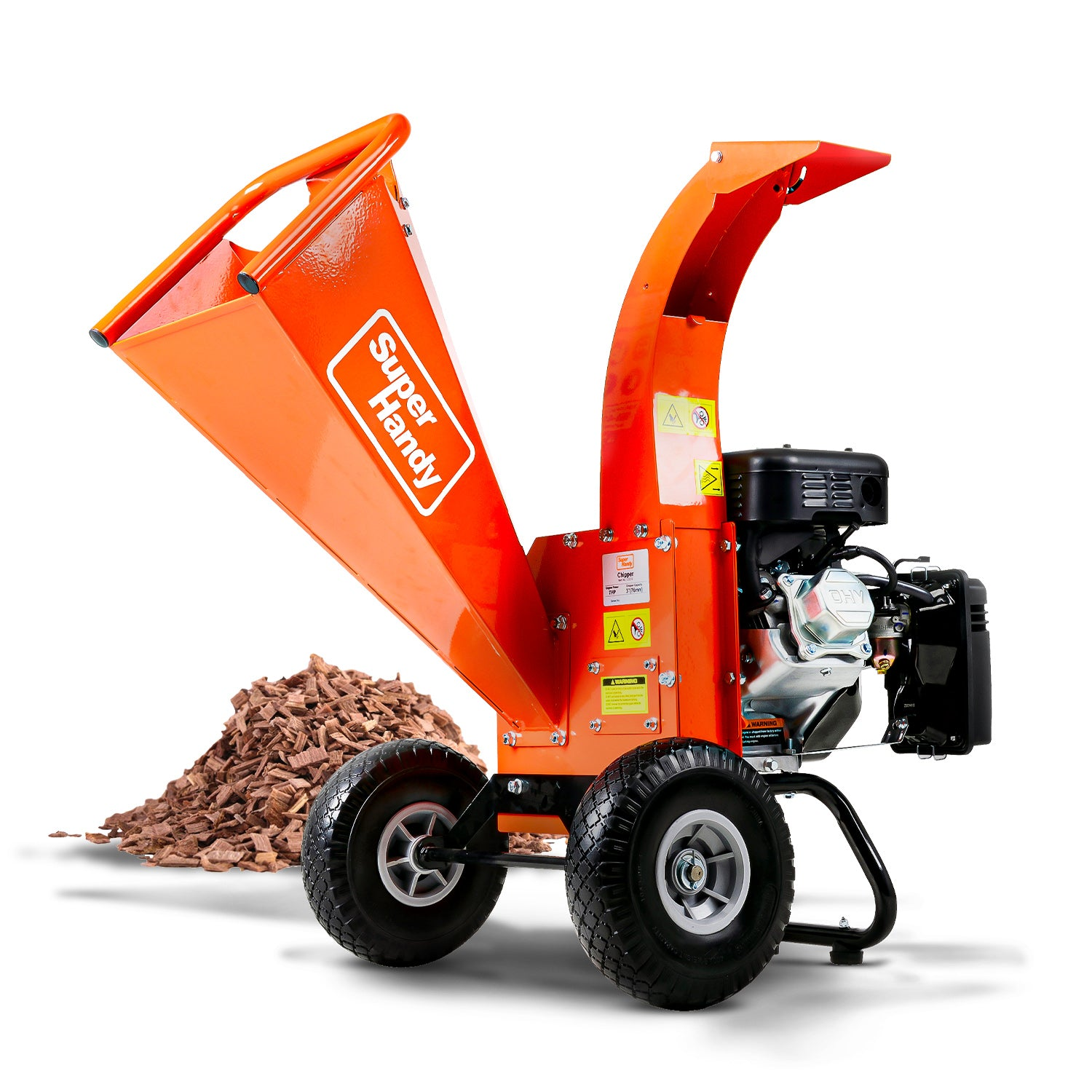
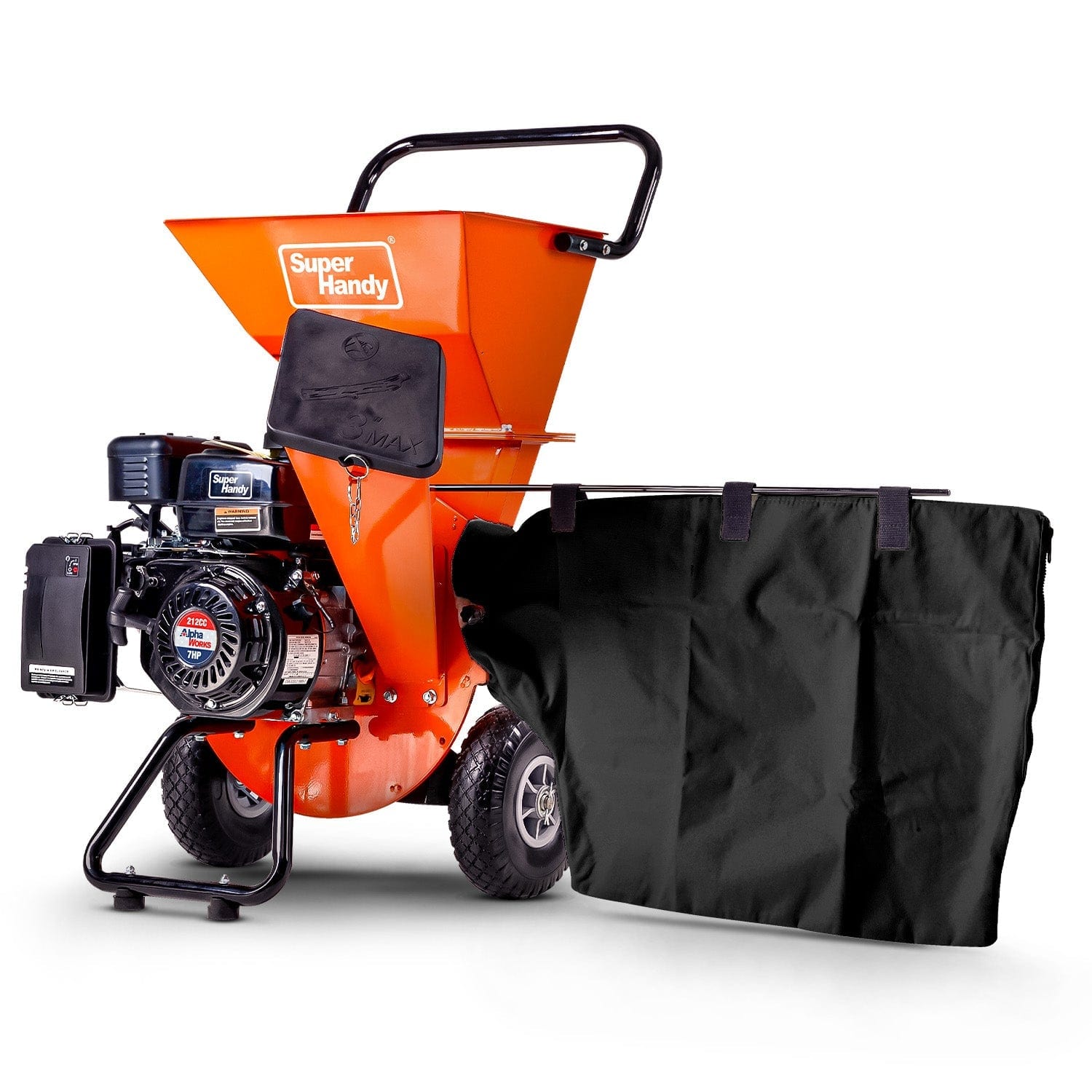
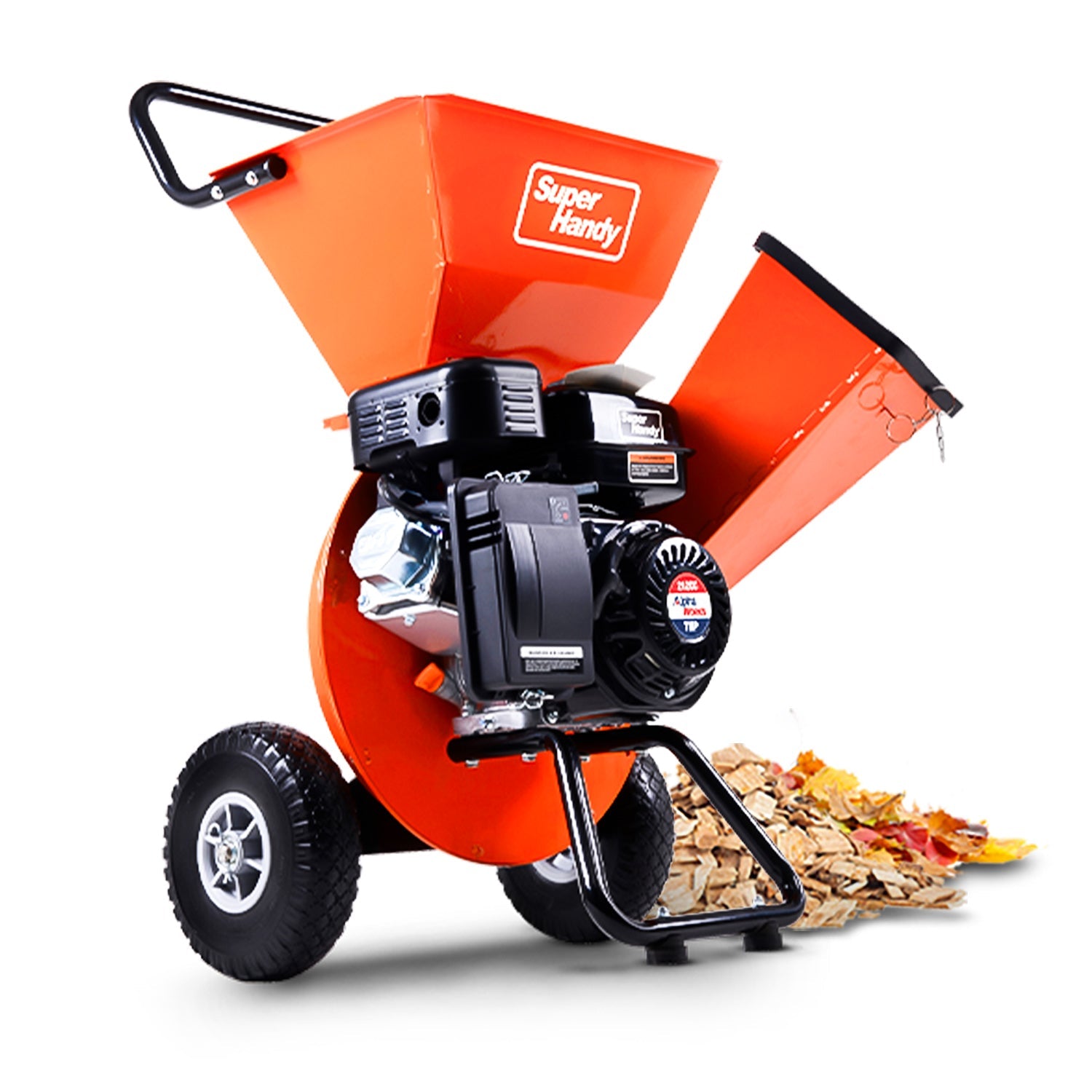
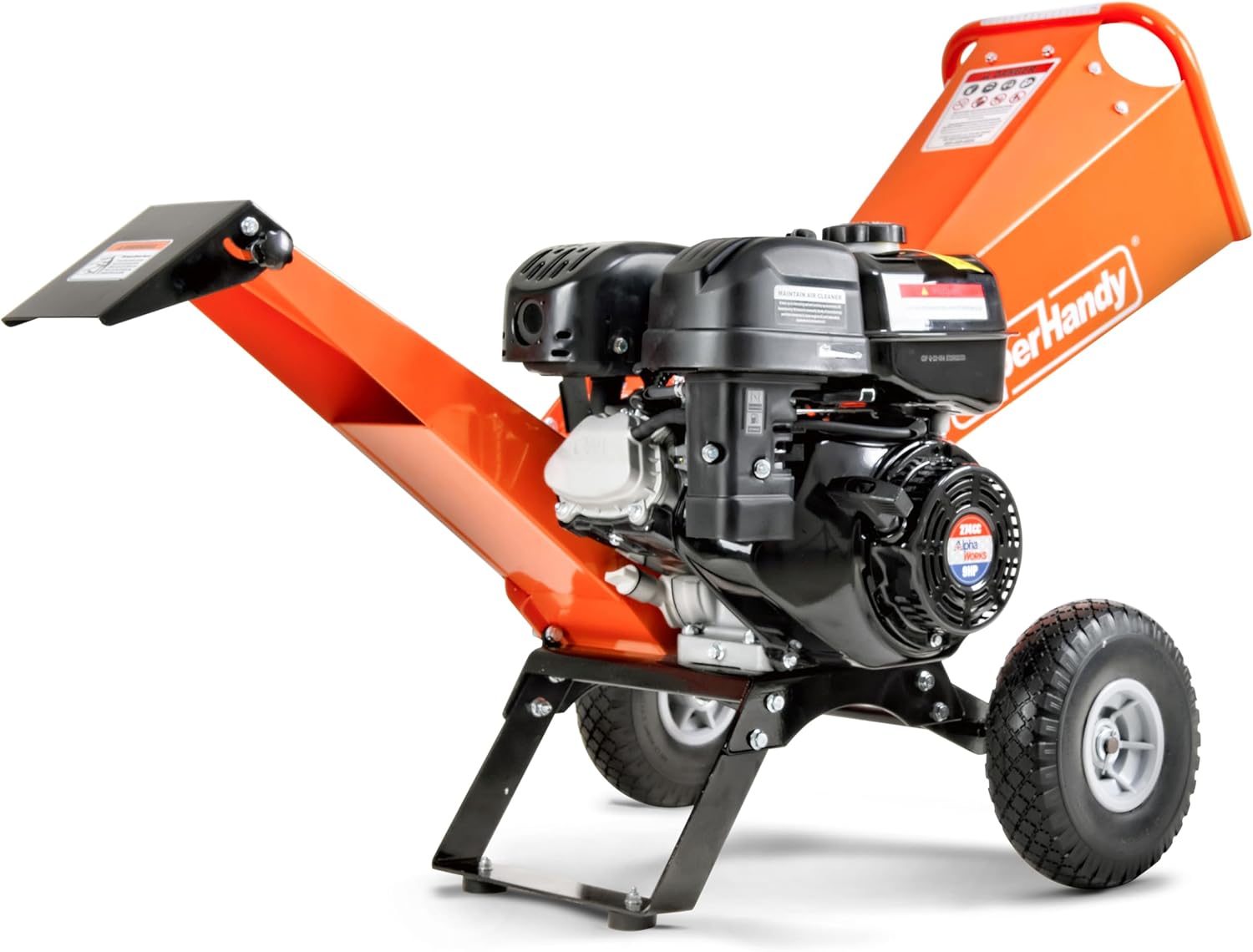



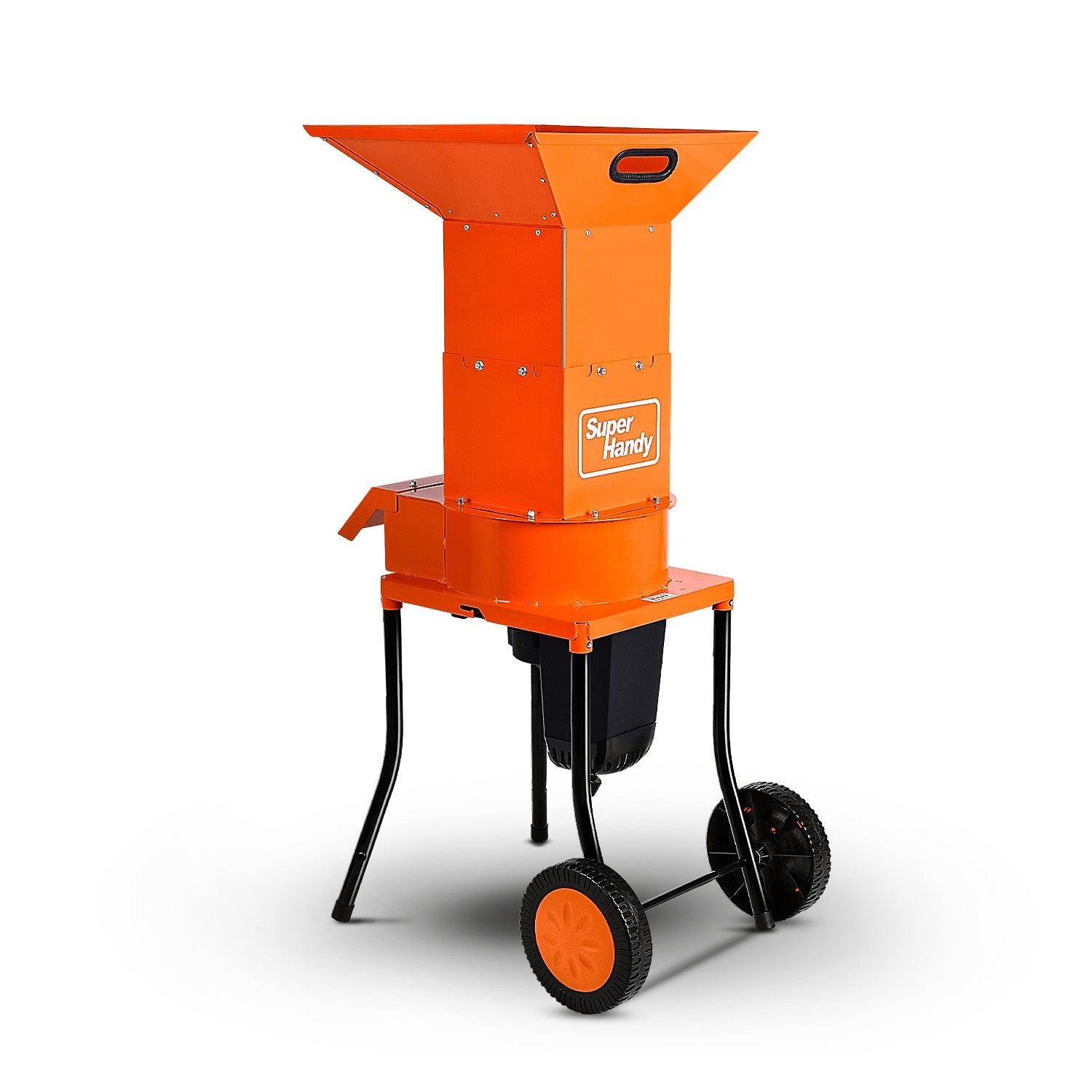
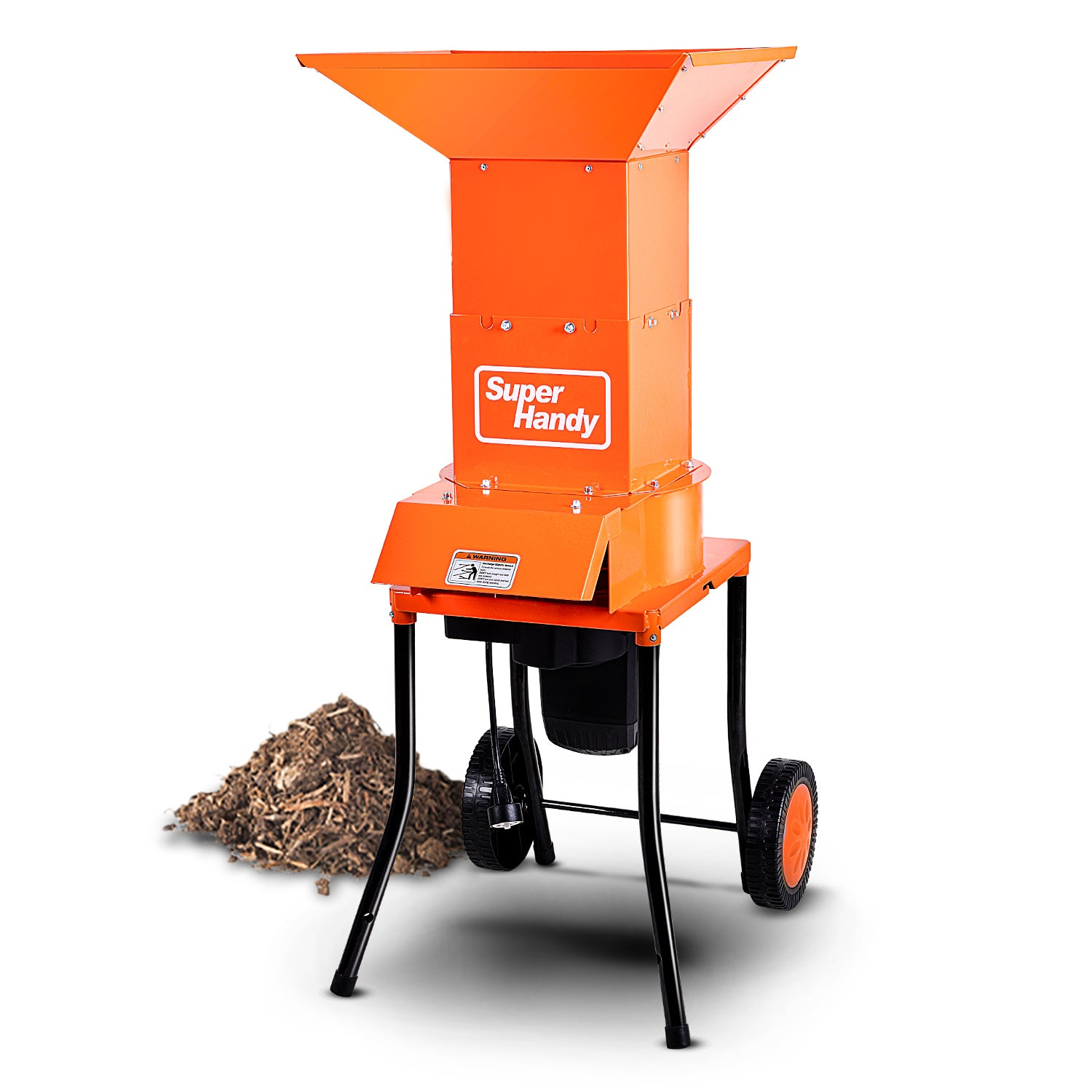
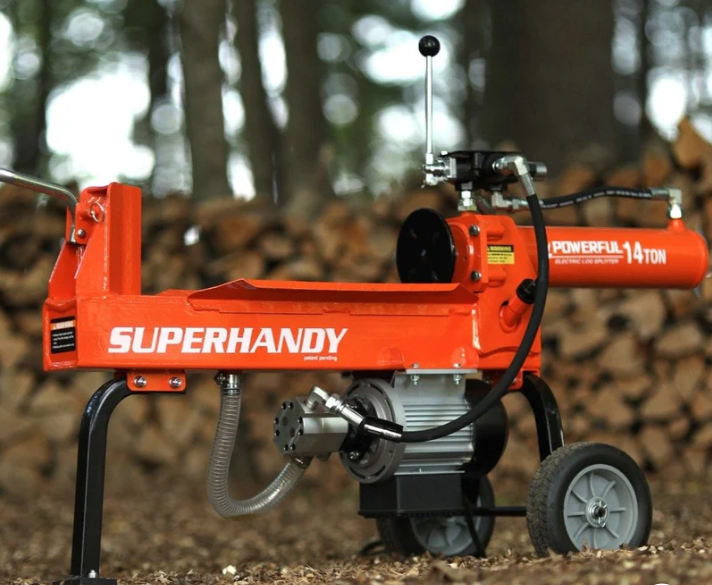
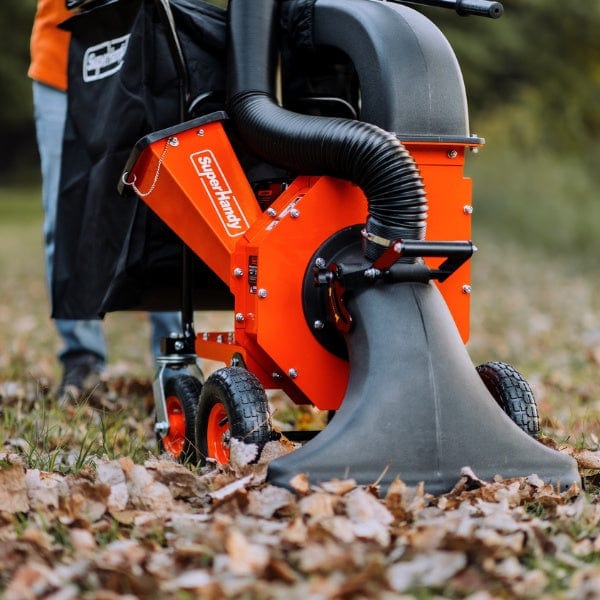
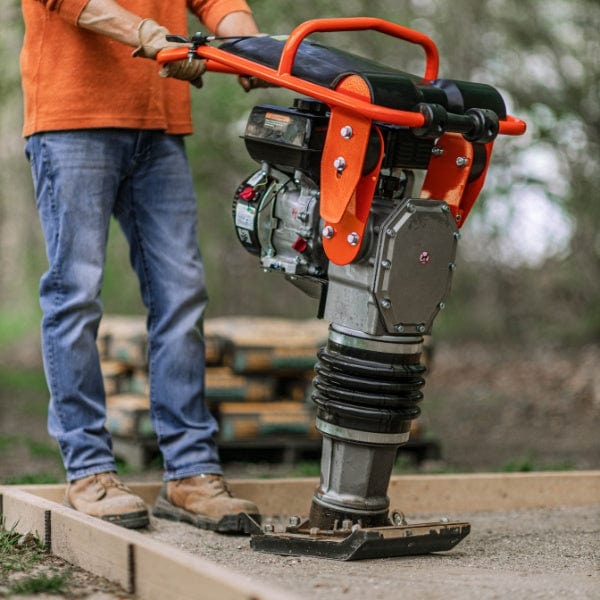
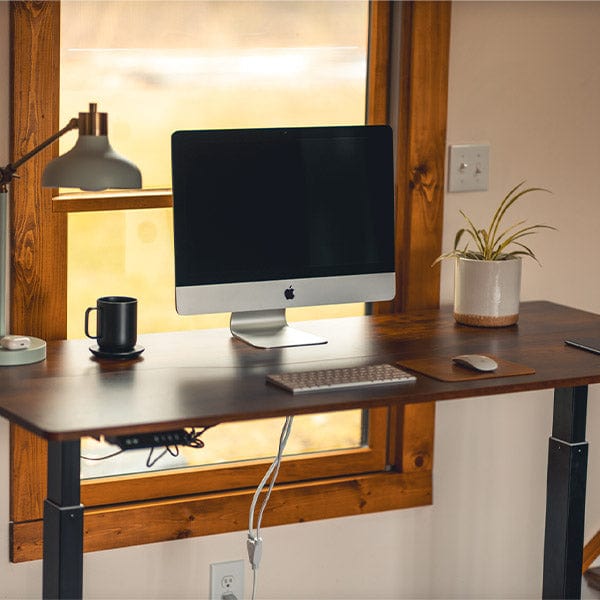
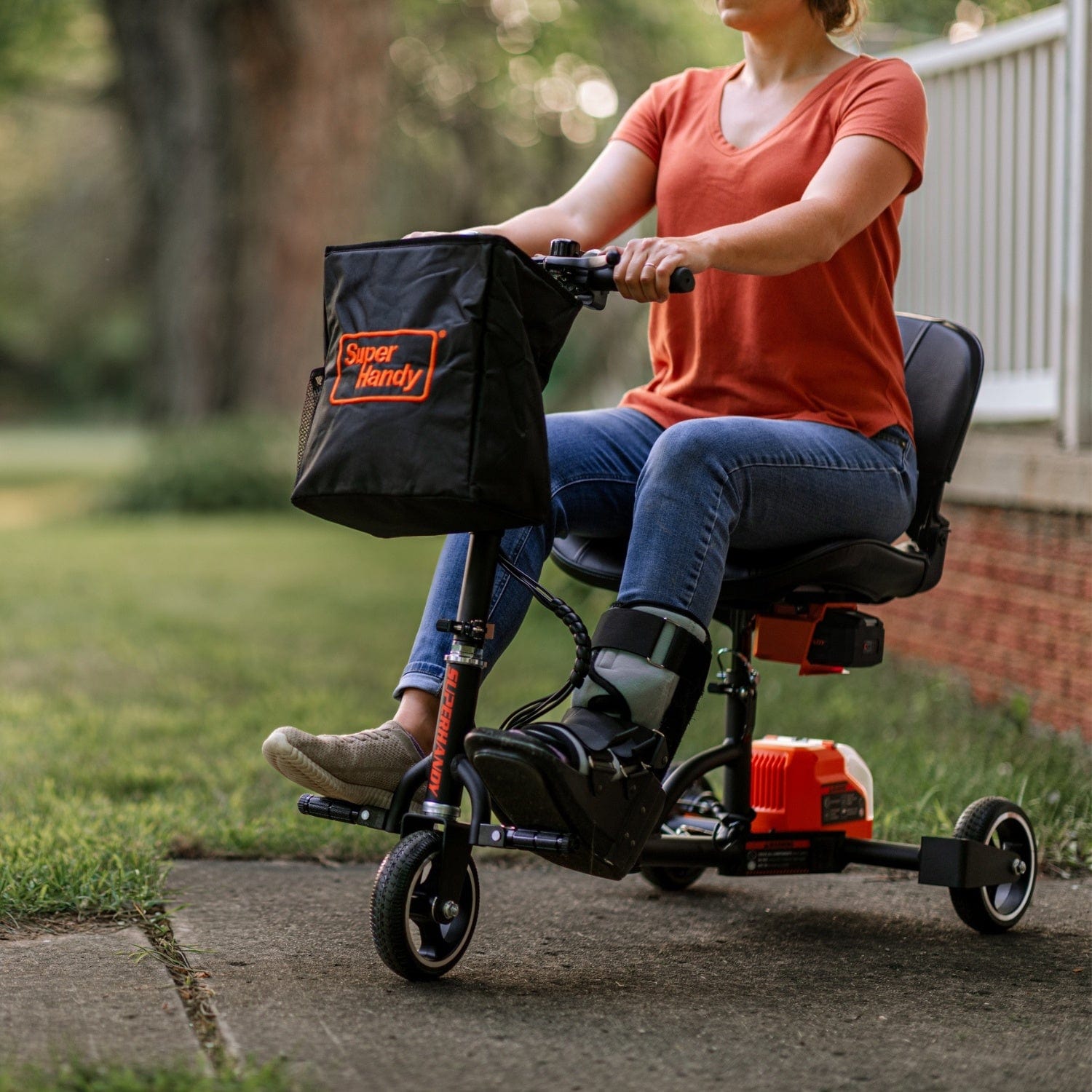
Leave a comment
All comments are moderated before being published.
This site is protected by hCaptcha and the hCaptcha Privacy Policy and Terms of Service apply.